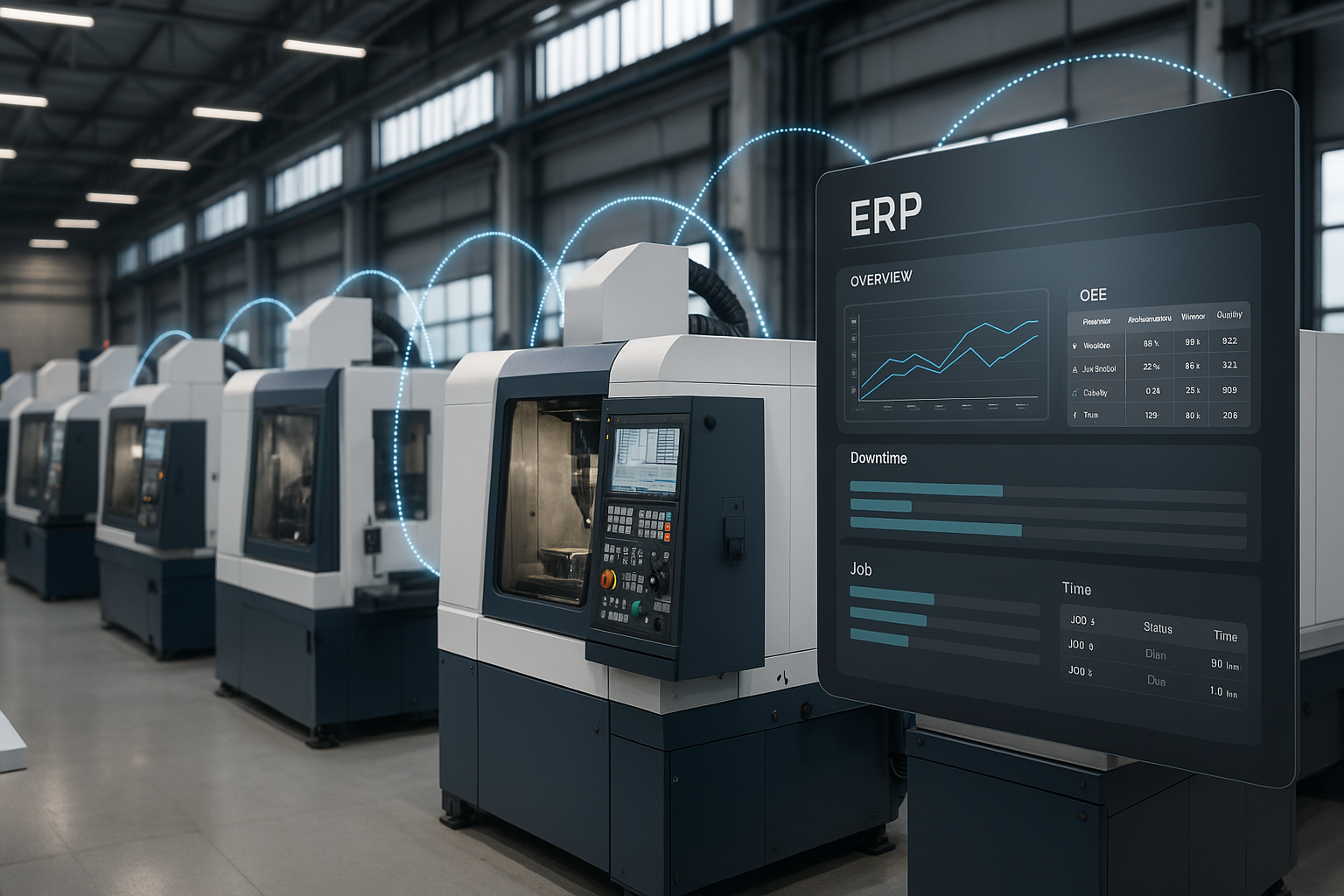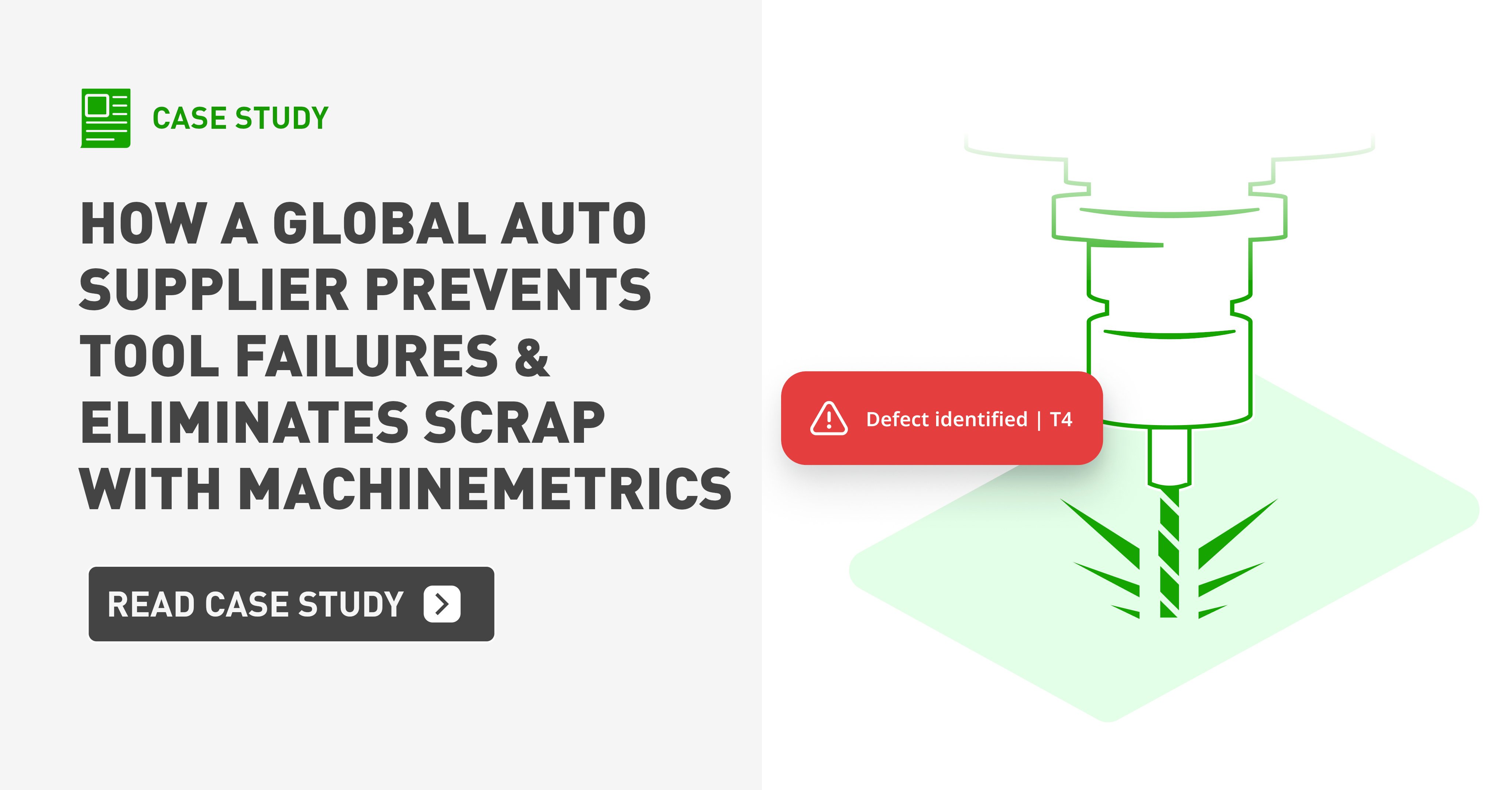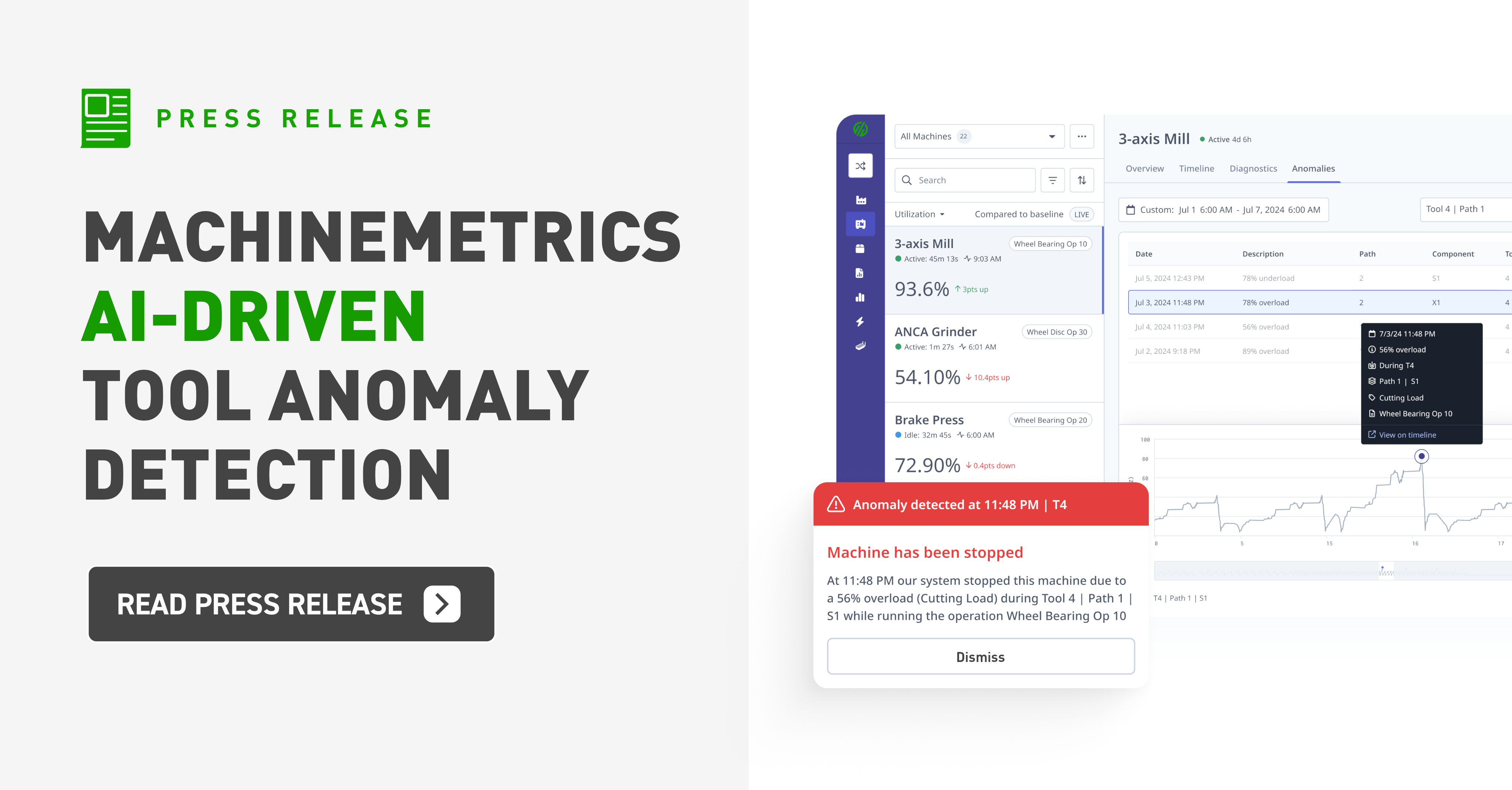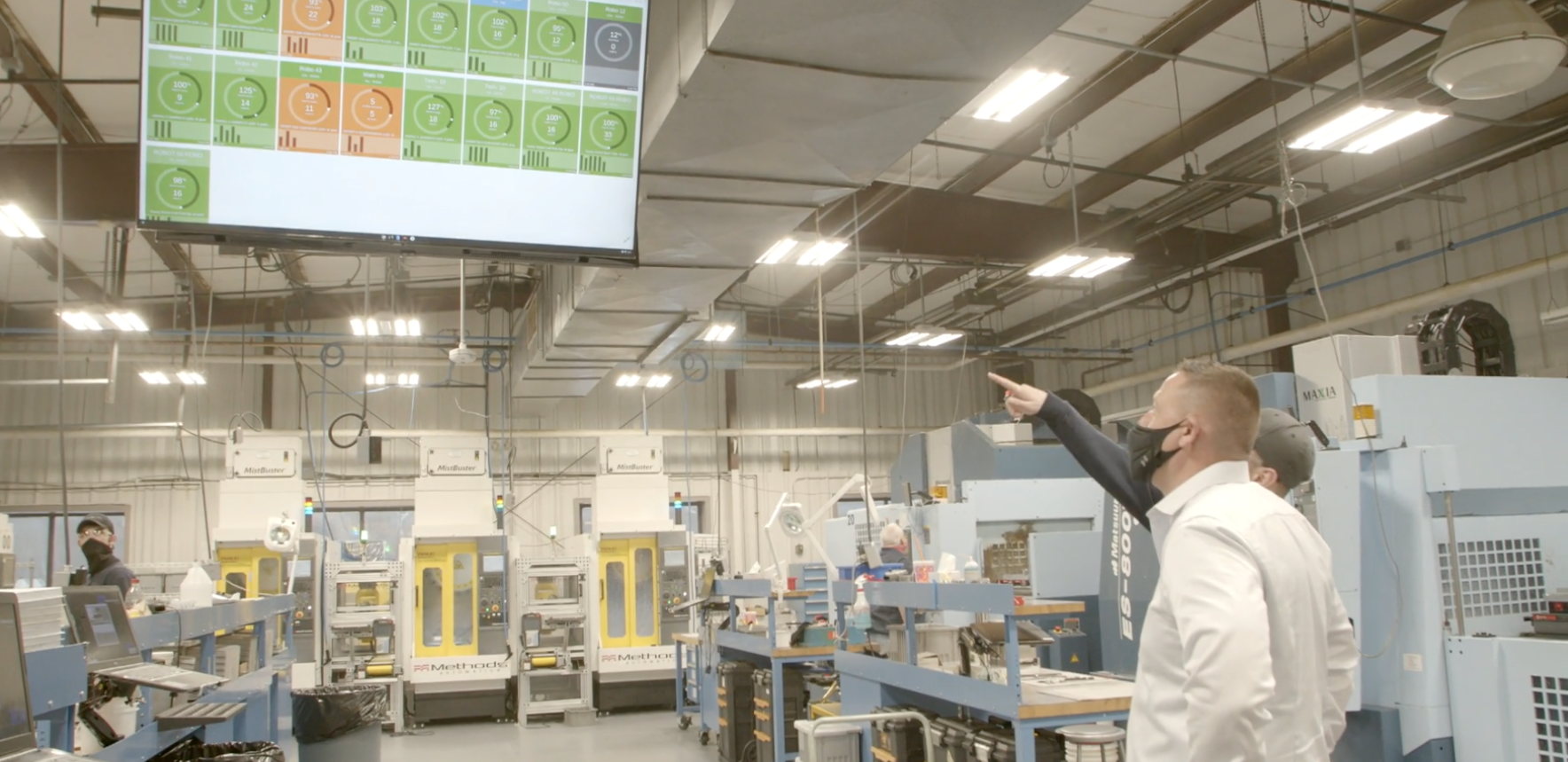Key Takeaways:
- Lean manufacturing identifies eight types of waste (defects, overproduction, waiting, non-utilized talent, transportation, inventory, motion, and extra processing) that reduce efficiency.
- Addressing these wastes helps manufacturers optimize processes, reduce costs, and improve product quality.
- Implementing lean principles requires continuous assessment and refinement to achieve operational excellence.
Last updated June 2019.
In the latter decades of the 20th century, the creation of new lean production methods set the standard for process improvement and created the framework for the Lean Manufacturing movement. By increasing value and reducing the amount of work required to perform tasks many companies experienced a transformation that allowed them to significantly improve competitiveness within their industries.
What is waste in Lean Manufacturing?
A core principle in lean methodology is the removal of waste within an operation. And in any business, one of the heaviest drains on profitability is waste. Lean waste can come in the form of time, material, and labor. But it may also be related to the utilization of skill-sets as well as poor planning. In lean manufacturing, waste is any expense or effort that is expended but which does not transform raw materials into an item the customer is willing to pay for. By optimizing process steps and eliminating waste, only true value is added at each phase of production.
Today, the Lean Manufacturing model recognizes 8 types of waste within an operation; seven originally conceived when the Toyota Production System was first conceived, and an eighth added when lean methodology was adopted within the Western World. Seven of the eight wastes are production process-oriented, while the eighth waste is directly related to management’s ability to utilize personnel.
| Learn how Morgan Olson, a leading walk-in van body manufacturer, was able to save $600,000 in capital expenditures and reduce waste by 50% by switching to automated data collection. Denis Mursoi, a Continuous Improvement Manager, shares the complete story. |
The 8 wastes of lean manufacturing include:
1. Defects
Defects impact time, money, resources and customer satisfaction. Examples of Defects within a manufacturing environment include lack of proper documentation or standards, large variances in inventory, poor design and related design documentation changes and an overall lack of proper quality control throughout the process workflow.
Formalized document control and design change documentation, thorough and documented quality methods in all production phases and checklists that have been audited to ensure proper adherence to the BOM are effective ways to control defect waste. And standardized work at each production cell or point in the production line will help reduce this type of waste as well.
Specific Defect causes include:
- Poor quality control at the production level
- Poor machine repair
- Lack of proper documentation
- Lack of process standards
- Not understanding your customers’ needs
- Inaccurate inventory levels
2. Excess Processing
Excess processing is a sign of a poorly designed process. This could be related to management or administrative issues such as lack of communication, duplication of data, overlapping areas of authority and human error. It may also be the result of equipment design, inadequate job station tooling or facility layout.
Process mapping is a lean waste elimination tool that helps define an optimized workflow that can eliminate over processing. As a key method within lean production, process mapping is not limited to the performance of production tasks. It also includes reporting, signoff and document control.
Examples of Excess Processing include:
- Poor communication
- Not understanding your customers’ needs
- Human error
- Slow approval process or excessive reporting
Ready to connect your shop floor?
3. Overproduction
When components are produced before they are required by the next downstream process, overproduction occurs. This has several negative effects. It creates a “caterpillar” effect in the production flow and results in the creation of excess WIP This leads to staging and therefore labor required to move the WIP additional times. And it can hide defects that could have been caught with less scrap if processes were balanced to allow detection earlier as earlier use of the WIP components would have revealed the defect in time to correct the issue.
Lean manufacturing systems utilize several tools to combat overproduction. Takt time is used to balance production rates between cells or departments. Measured and process-mapped jobs result in reduced setup time allowing efficient small batch flow. And in many industries, “pull” systems such as Kanban can be used to help control or eliminate WIP.
Common causes of Overproduction include:
- Unreliable process
- Unstable production schedules
- Inaccurate forecast and demand information
- Customer needs are not clear
- Poor automation
- Long or delayed set-up times
4. Waiting
Waiting can include people, material equipment (prior runs not finished) or idle equipment (mechanical downtime or excess changeover time). All waiting costs a company has in terms of direct labor dollars and additional overhead costs can be incurred in terms of overtime, expediting costs and parts. Waiting may also trigger additional waste in the form of defects if the waiting triggers a flurry of activity to “catch up” that results in standard work not being followed or shortcuts being taken.
In many ways, waiting is the opposite of overproduction. However, it can be mitigated or eliminated with many of the same remedies. Waiting is often the result of poor process design and can be addressed through proper measurement of takt time and the creation of standard work.
Common causes of Waiting include:
- Unplanned downtime or Idle equipment
- Long or delayed set-up times
- Poor process communication
- Lack of process control
- Producing to a forecast
- Idle equipment
5. Inventory
Inventory is considered a form of waste because of the related holding costs. This is true of raw materials, WIP and finished goods. Over purchasing or poor forecasting and planning can lead to inventory waste. It may also signal a broken or poorly designed process link between manufacturing and purchasing/scheduling. Lean Manufacturing does not just focus on the factory but also requires process optimization and communication between support functions.
Purchasing, scheduling and forecasting can have a version of standardized work in the form of defined minimums and maximums and order points that are mapped to the process flow and takt time. Purchasing raw materials only when needed and reducing WIP and eliminating or narrowing the definition of “safety stock” will reduce this type of waste.
Common causes of Inventory Waste include:
- Overproduction of goods
- Delays in production or ‘waste of waiting’
- Inventory defects
- Excessive transportation
6. Transportation
Poor plant design can cause waste in transportation. It can also trigger other wastes such as waiting or motion and impact overhead costs such as higher fuel and energy costs and higher overhead labor in the form of lift drivers as well as adding wear and tear on equipment. It may also result from poorly designed processes or processes that have not been changed or updated as often as required.
Value stream mapping and partial or full changes in factory layout can reduce transportation waste. This is a full documentation of all aspects of the production flow and not just the mapping of a specific production process. This results in changes to reduce or eliminate transportation waste.
Common types of Transportation Waste:
- Poor layouts – large distance between operations
- Long material handling systems
- Large Batch sizes
- Multiple storage facilities
- Poorly design production systems
7. Motion
Motion costs money. This not only includes raw materials but also people and equipment. It may also include excess physical motion such as reaching, lifting and bending. All unnecessary motion results in non-value-added time and increases cost.
Again, referencing core Lean Manufacturing methodology, process mapping should include facility layout and optimized workplace design that includes analysis of the distance of motion within the space as well as the location of parts, supplies and tools within the space as well. As an effective process map is developed, proper utilization of the space can be captured with well designed and documented standard work.
Common Motion Waste examples include:
- Poor workstation layout
- Poor production planning
- Poor process design
- Shared equipment and machines
- Siloed operations
- Lack of production standards
Case Study: Learn how Avalign Technologies was able to increase OEE by 25-50% and generate millions in profit by identifying and removing bottlenecks with MachineMetrics. Read the full case study.
8. Non-Utilized Talent
The eighth waste is the only lean manufacturing waste that is not manufacturing-process specific. This type of manufacturing waste occurs when management in a manufacturing environment fails to ensure that all their potential employee talent is being utilized. This waste was added to allow organizations to include the development of staff into the lean ecosystem. As a waste, it may result in assigning employees the wrong tasks or tasks for which they were never properly trained. It may also be the result of poor management of communication.
By engaging employees and incorporating their ideas, providing training and growth opportunities and involving them in the creation of process improvements that reflect the reality they experience and the skills they possess, overall operational effectiveness is improved. The elimination of this type of waste can improve all others.
Examples of Non-Utilized Talent:
- Poor communication
- Failure to involve people in workplace design and development
- Lack of or inappropriate policies
- Incomplete measures
- Poor management
- Lack of team training
The Future of Lean Manufacturing is here now
Eliminating the 8 wastes of lean manufacturing is much easier when the production process is completely visible, and MachineMetrics offers that transparency. Cloud computing, deep analytics and machine learning work in conjunction with devices, sensors and software adaptors to connect a factory and allow it to leverage hidden capacity for improved efficiency.
With a fully connected manufacturing operation, this suite of integrated technologies operates with the same value goals as do the core principles of Lean Production methodology. And with this integrated, smart factory those values are baked in digitally, allowing Lean Manufacturing production software to reach for even greater heights.
Want to See the Platform in Action?


.png?width=1960&height=1300&name=01_comp_Downtime-%26-Quality_laptop%20(1).png)






Comments